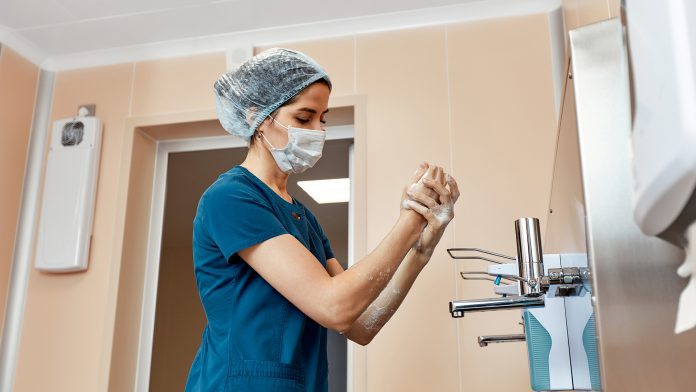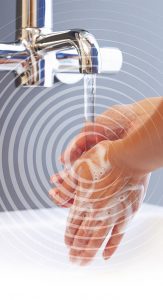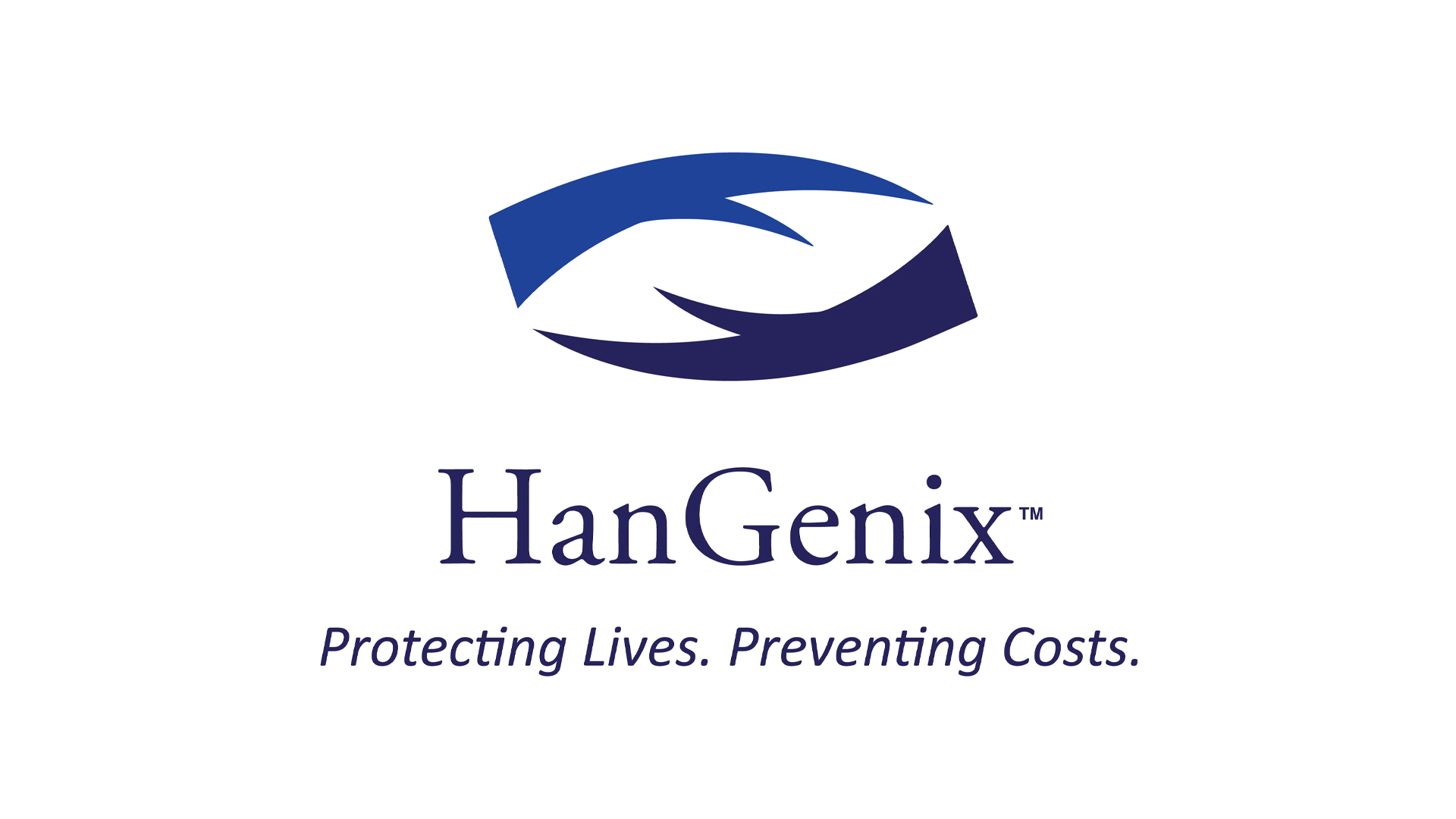
Driving improvement of the most important infection prevention practice – hand hygiene compliance.
Well before COVID-19, Healthcare Acquired Infections (HAIs) were leading to mortality rates that no one in healthcare should view as acceptable. It is estimated that poor hand hygiene compliance has led to nearly 100,000 hospital deaths annually in the US and another 7,000 hospital deaths in Europe. Add to that an astonishing 400,000 hand hygiene-related deaths in US nursing homes and skilled nursing facilities each year where the most vulnerable populations reside. Let those numbers sink in; nearly half a million people in the US alone are dying each year from a mostly preventable condition.
What is more startling is the fact that in 2021, when the use of PPE and universal precautions were at an all-time high, non-COVID-related HAIs skyrocketed. How could it be that HAI rates increased at such an alarming rate, considering the concerted effort by healthcare organisations around the world to protect their patients and their staff? Numerous studies have shown that the most effective tool for preventing HAIs is effective hand hygiene compliance, and there has never been a more important time than now. But why is something that seems so simple, so difficult?
Unreasonable burden on healthcare personnel
Staff are putting their lives on the line every day, yet they have to deal with the physical and mental stress of shrinking nurse-to-patient ratios, administrative burdens, PPE and contact precautions, staff shortages and the use of temporary staff, lack of consistent training, and so many more challenges. With all of this stress, how can we expect strict adherence to hand hygiene protocol consistently.
Thinking gloves are a contact precaution
The use of gloves has never been more prevalent, yet their effectiveness in protecting patients is greatly misunderstood. It is imperative that your hands be effectively sanitised immediately before donning and immediately after doffing gloves. Additionally, gloves need to be removed and replaced between every patient encounter or after contact with a potentially contaminated surface. Continuous glove use may provide adequate protection to those who are wearing them, but they remain a critical source of contamination when not changed accordingly.
The unrealistic expectation of manual observation
Studies have shown that manual observation captures less than 1% of hand hygiene opportunities, is often fraught with manual error or unconscious bias, inflated by the fact that people know they are being watched (the Hawthorn Effect), and provide organisation management very little specificity – who, when and where – hand hygiene is being practised. How can we expect staff to adhere to hand-hygiene protocols when we cannot provide them immediate and consistent feedback when they are non-compliant? Similarly, how can we expect management to provide adequate staff training when they do not have the data necessary to guide proper interventions? Until now.
Hand hygiene compliance automation technology is the answer
Hand hygiene compliance technologies have come a long way since merely counting the number of soap dispensers or motion detectors. In fact, HanGenix, backed by a peer-reviewed clinical study, has perfected transformational technology to help healthcare organisations monitor and manage hand hygiene compliance to increase patient and staff satisfaction, while reducing HAIs and associated costs. HanGenix’s ultrasound-based technology provides health facilities with an easy-to-implement, automated technology that delivers accurate, real-time feedback, data, and analytics to greatly improve this most important infection prevention intervention.

Here is a quick overview of the HanGenix technology:
- The creation of well-defined zones to validate hand hygiene compliance at the moment of truth – right before or after contact with the patient;
- Ultrasound allows for the creation of multiple or adjacent protection zones to prevent cross-contamination between patients in such areas as semi-private rooms, ERs, pre-and post-op areas, dialysis units, and other areas with considerable patient flows;
- Audio or visual alerts can be implemented to provide staff with real-time feedback if hand hygiene protocol is broken prior to patient contact;
- Hand hygiene compliance can be tracked across several dimensions including by unit, shift, room, or specific individual, just to name a few;
- Room cleaning can also be validated, and room turnover time tracked and verified; and
- Contact tracing between staff and the ability to perform forensics in the case of an outbreak.
The time for automation is now
Without this technological innovation and intervention, the financial and human costs associated with HAIs – and the challenges associated with COVID and its prospective variants – will continue to make current mitigation efforts even more challenging in the years ahead.
Now is the time for healthcare organisations to explore automation technologies that can not only improve hand hygiene compliance, leading to lower HAIs but also have the capabilities to provide additional data to drive critical operational performance that can improve patient care. Every indication is that regulatory agencies will soon require that acute care facilities implement an automated hand hygiene monitoring solution. Proactive and forward-thinking leadership will drive these changes in the upcoming years.









